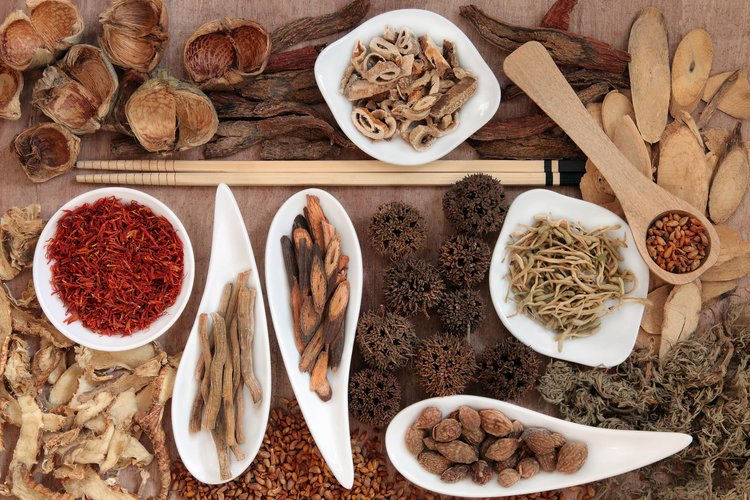Bone Broth | A Constitutional Tonic
- Vanessa Evans

- Mar 31, 2023
- 3 min read
Bone broth is packed with vitamins, minerals, collagen and keratin which makes it amazing for skin. The healthy fats in the broth help you to assimilate important vitamins including Vit D. There is something shamanic in its making as we are trying to absorb the deepest digestible energy of the animal.
A long cooked stock resonates with our own deepest level: bones, joints, blood building marrow, kidneys, reproductive system and the brain. Bone broth is stimulating, grounding and fortifying at the same time, it strengthens our constitutional health and is anchoring.
Chicken stock stimulates our immune system and is warming.
Turkey and duck stock somewhere in between while fish bone stock for the reproductive and skeletal level.
Method
Buy 2-3kg’s of stock bones from a good butcher. Bones high in connective tissue such as knee or hip joints as opposed to the more meaty bones. The best stocks congeal in the fridge due to their high collagen content. Always seek organic and pasture-raised meat products. There's some dispute about roasting bones before you make them into stock, but in my mind by roasting them you are destroying and hardening the qualities you are looking to extract from the bones themselves.
Pop them into a big stock pot with a good splash of cider vinegar, white wine vinegar or lemon juice (1⁄4 of a cup), this will help break down the bones, releasing the minerals and collagen. Cover with cold water (filtered where possible). The water level should cover the bones by 5 cm whilst still leaving room at the top of the pan.
Don’t let the stock reach a rolling boil at any point, using the lowest setting with a slow rising bubble every few seconds, no more. This is where a slow cooker comes in handy.
Cook on steadily for 1-2 days, if using a gas-flame it is not a good idea to leave this unattended overnight, you can always turn it off as you go to bed and start it up again the next day. The longer the bones simmer, the more nutrients are released. Use a good fitting lid and top up the water levels if necessary to ensure the bones remain covered.
With 6 hours to go you can add a handful or two of veg you have on hand, a leek, a few carrots, a few stalks of celery. You can use any vegetable scraps you may have, but avoid brassica/cruciferous vegetables as these will make the broth bitter. It’s best not to add salt to your bone broth. If you plan on using it for soups, stews and sauces, the salt concentration can become very high. Instead, season to taste when using your both as part of another recipe or if serving as a drink.
Pour the stock through a strainer and pop the stock into the fridge to cool. The fat will separate to the top for removal and the stock will show its character by congealing through its natural gelatins. You can always keep the fat and save it for roasting vegetables.
Don’t be too concerned if your broth doesn’t ‘gel’ the way you’d like it to – you’ll still be getting the amino acids, minerals and other nutritional benefits regardless!
Broth will happily keep in the fridge for up to a week, if you're not likely to use it in this time, divide it up and store some in the freezer. This can be used in soups, sauces, stews, curries, risotto or my favourite - as a Miso Soup!

Bone Broth Miso Soup Recipe
Add one cup of gelatinous Bone Broth to a saucepan on a medium heat and warm until it liquidises.
Stir in a tablespoon of white miso paste.
Optional: Spring Onions, Soy Sauce, Tofu, Seaweed, Black Bean Chilli Oil, a few drops of acidity for balance: lemon juice or apple cider vinegar
Pop into your favourite mug and sip for a nourishing snack



Comments